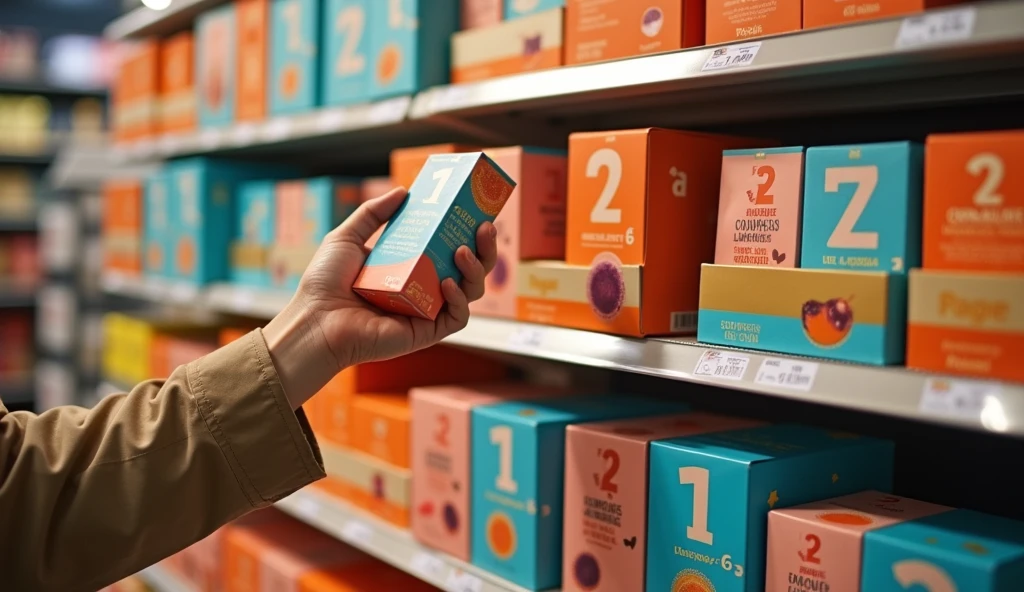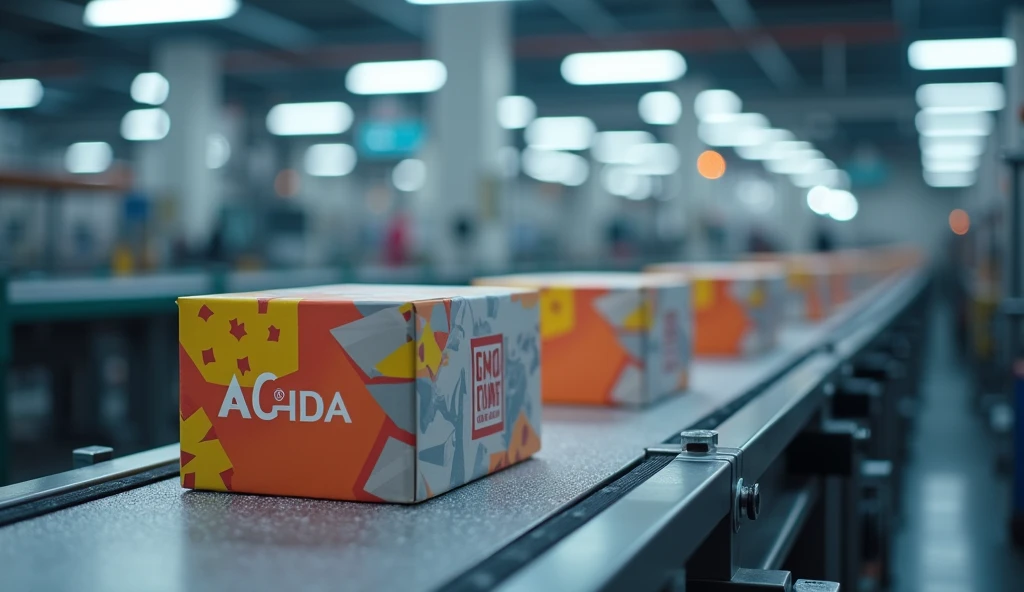When it comes to selling products, your packaging design is your silent salesperson. Its significance transcends mere functionality; it speaks volumes about your brand, product quality, and even your values. Whether you're a startup looking to enter a crowded market or an established brand aiming to refresh your identity, understanding how to design effective box packaging can make all the difference. In this comprehensive guide, we'll look at the nuances of packaging design, from understanding its psychological impacts to exploring current trends.
Psychology plays a pivotal role in consumer behavior. Research shows that the first point of interaction a customer has with a product significantly influences their purchasing decision. The design elements—colors, fonts, material, and overall aesthetics—can evoke emotions and even nostalgia. For instance, a vibrant color scheme might instill feelings of excitement, while softer tones could evoke calmness or trust. Implementing effective packaging design can create a connection with potential buyers even before they've touched the product.
Packaging is often the face of your brand. It's a crucial aspect of your brand identity, helping to differentiate you from competitors. A well-crafted design reflects your brand’s personality and values, leading to stronger brand recognition among consumers. Think of iconic brands like Apple or Coca-Cola; their packaging is immediately recognizable and synonymous with quality.
Box packaging also serves as a potent marketing tool. When designed thoughtfully, it can convey promotional messages, highlight product features, or even create a sense of urgency. The strategic use of typography and imagery can encourage impulse purchasing. A compelling narrative on the box can provide customers with a reason to choose your product over others.

Choosing the right materials is foundational in creating successful packaging. The material not only affects the product's safety and preservation but also reflects your brand’s commitment to sustainability. Options like recycled cardboard or bioplastics can appeal to environmentally-conscious consumers. Consider the weight, fragility, and intended shelf life of your product when selecting materials.
The structure of your box is equally important; it influences the unboxing experience. Unique shapes or intricate folding mechanisms can create an engaging interaction moment. For example, a box that opens in an unexpected way can evoke curiosity and excitement. Reinforce your layout with practical elements, such as compartments for organizing multiple items, while ensuring it remains functional and user-friendly.
The visual appeal of your packaging is vital. The chosen graphics should align with your brand’s aesthetic and messaging. Certain colors can trigger specific emotional responses, so select hues that resonate with your target audience. Similarly, font choices should enhance readability while fitting your brand’s identity—elegant cursive fonts may suit luxury items, while bold sans-serif fonts can communicate modernity and strength.

Begin by conducting thorough market research. Understand what your competitors are doing and identify gaps you can exploit. This phase entails studying consumer preferences, behaviors, and emerging trends. Mapping this out will inform your design choices and strategic direction.
Utilizing design software like Adobe Illustrator or CAD programs, create initial mockups of your packaging. Various prototypes allow you to visualize and test the design, ensuring all elements fit harmoniously. Keep the customer journey in mind during this phase, focusing on usability and aesthetic appeal.
Soliciting feedback during the design process is crucial. Gather input from potential customers through surveys or focus groups. This feedback will help you iterate on your designs, addressing any concerns or preferences that arise. It's also beneficial to consult with packaging engineers to ensure structural integrity and manufacturability.
In today's market, sustainability has become a pivotal element in packaging design. Consumers increasingly seek brands that embrace eco-friendly materials. Sourcing biodegradable or recyclable components can enhance your brand's credibility and appeal to a broader audience.
Explore using water-based inks and energy-efficient printing methods. Digital printing, for instance, reduces waste and allows for quick adjustments without producing excess stock. Consumers are more likely to support brands that exhibit responsible practices.
A notable shift in consumer preferences reflects a desire for sustainable packaging solutions. Brands that commit to greener practices may enhance customer loyalty and attract new buyers. Highlighting these choices on your packaging can lead to increased brand engagement.
Advancements in technology are shaping the future of packaging design. Consider integrating augmented reality (AR) into your packaging. AR features can enable consumers to engage with the product in exciting ways, fostering a unique experience.
Innovative packaging with interactive components—such as QR codes or NFC chips—can connect consumers directly to your online content. This engagement can lead to a richer brand experience, allowing customers to dive deeper into your story and product offerings.
Tailoring packaging to individual customer preferences has emerged as a strong trend. Options for custom messaging or design elements can enhance the unboxing experience, fostering emotional connections and advocating brand loyalty.
What are the critical elements of box design? The critical elements of box design include material selection, form and structure, graphics, colors, and fonts. Each aspect plays a role in conveying the brand message and ensuring product safety.
How does packaging influence consumer behavior? Packaging influences consumer behavior by attracting attention, evoking emotions, and providing crucial information. Eye-catching and functional design can enhance purchase intent.
What sustainable options should I consider for my packaging? Consider using recycled materials, eco-friendly inks, and minimalistic designs to reduce waste. Brands that emphasize sustainability can bolster consumer trust and loyalty.
Why is testing prototypes important in packaging design? Testing prototypes allows brands to identify design weaknesses and consumer preferences before mass production. It enhances the likelihood of creating a successful product launch.
How can technology improve packaging design? Technology, such as AR and interactive features like QR codes, can enhance consumer interactions with the packaging. It allows brands to create unique experiences, thus fostering customer engagement.
In conclusion, effective box packaging design is an intricate blend of psychology, brand identity, and innovative strategies. By keeping these principles in mind and adapting to new trends, you can significantly elevate your brand's presence and customer experience in the marketplace. The journey of packaging design is not merely about creating a box; it’s about telling your brand story and ensuring every interaction matters.